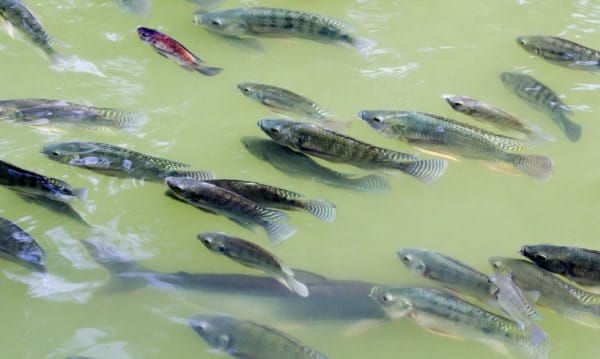
Did you know?
Aquaculture, particularly tilapia farming, encompasses a wide range of scales, spanning from extensive commercial operations to smaller, backyard ponds. While they all share common elements, such as water and tilapia, the equipment and techniques employed differ significantly between them. For instance, in a backyard tilapia farm, it's unlikely to find oxygen generators, cyclone filters, drum filters, or advanced systems for ammonia removal like ion exchange and electrochemical regeneration. Conversely, you would typically not encounter equipment like air stones, filter pads, or bio balls in use at a large-scale commercial aquaculture facility.
The Philippines is a leading producer of tilapia, with 281.1 thousand metric tons of production in 2021. Tilapia is farmed on 14,500 hectares of freshwater ponds and 500 hectares of fish cages. More than 500 million fingerlings are produced annually by over a thousand small-scale hatchery operators. However, the industry still faces challenges in meeting the growing demand, especially in terms of fingerling seeds availability.